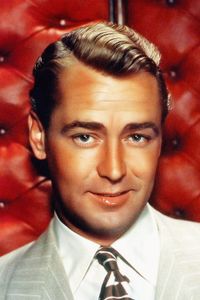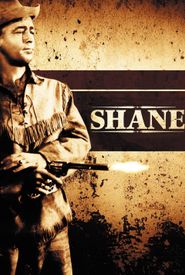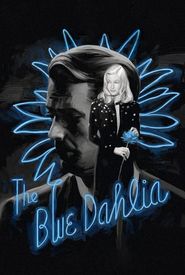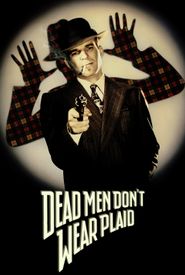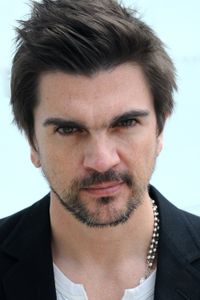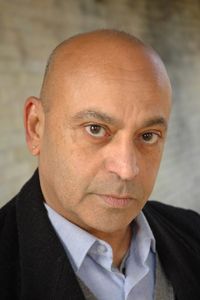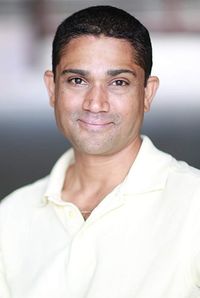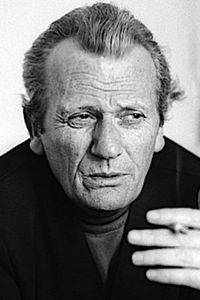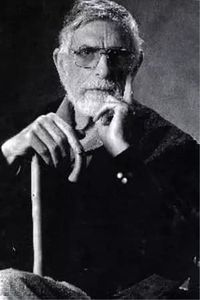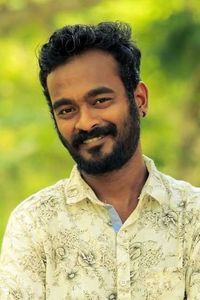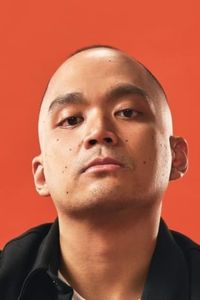Alan Walbridge Ladd was born in Hot Springs, Arkansas, to Ina Raleigh (also known as Selina Rowley) and Alan Harwood Ladd, a freelance accountant, on September 3, 1913. His mother was of English descent, hailing from County Durham. Tragedy struck early in Alan's life when his father passed away when he was just four years old.
As a result of his father's untimely death, Alan's mother moved the family to Oklahoma City when he was just five years old. However, a subsequent fire started by Alan himself playing with matches forced them to relocate once again. This time, they settled in California, where his mother remarried a house painter.
Growing up in California, Alan faced numerous challenges, including malnutrition, undersized stature, and a nickname of "Tiny." Despite these setbacks, he discovered his passion for track and swimming in high school. By 1931, he was training for the 1932 Olympics, but a devastating injury put an end to those aspirations.
Following his injury, Alan turned his attention to entrepreneurship, opening a hamburger stand called Tiny's Patio. He later found work as a grip at Warner Brothers Pictures. In 1936, he married his friend Midge, but due to financial constraints, they were forced to live apart.
The couple shared an apartment with a friend in 1937, and Alan's son, Alan Ladd Jr., was born. Unfortunately, his mother, who struggled with destitution and alcoholism, moved in with them, and her eventual suicide from ant poison was witnessed by her son a few months later.
Despite his size and coloring being deemed unsuitable for the big screen, Alan persevered, working in radio and eventually catching the attention of talent scout and former actress Sue Carol in 1939. He went on to land a string of bit parts in "B" pictures and made an unbilled appearance in Orson Welles' classic Citizen Kane in 1941.
It wasn't until his role as the psychotic killer Raven in This Gun for Hire in 1942 that Alan's star began to rise. He was drafted into the military in January 1943 and discharged in November with an ulcer and double hernia.
Throughout the 1940s, Alan's tough-guy roles consistently drew large crowds to theaters, and he became one of the few males whose cover photos sold movie magazines. However, the 1950s saw a decline in his career, with him appearing in lucrative but unfulfilling films, save for his iconic role in Shane in 1953.
By the end of the decade, Alan's struggles with liquor and a string of mediocre films had taken their toll. In November 1962, he was found unconscious with a bullet wound near his heart, a probable suicide attempt. Just two years later, in January 1964, Alan was found dead, likely due to an accidental combination of alcohol and sedatives.
